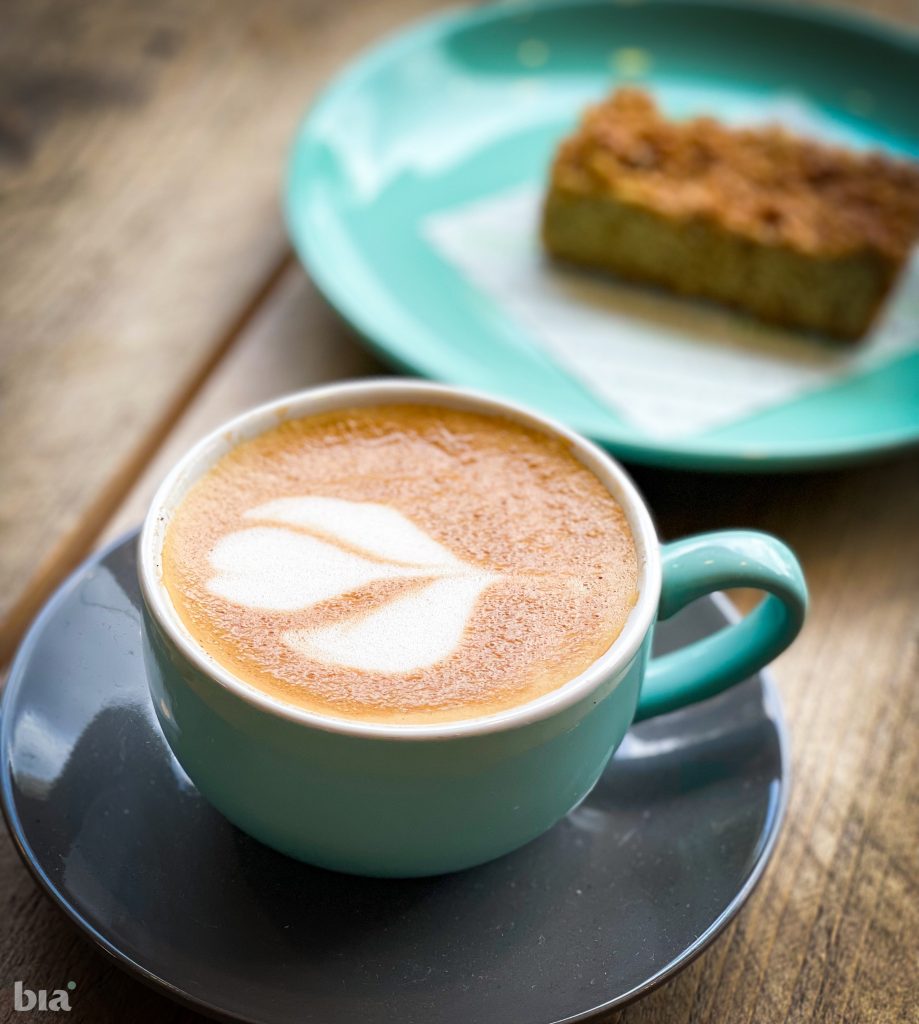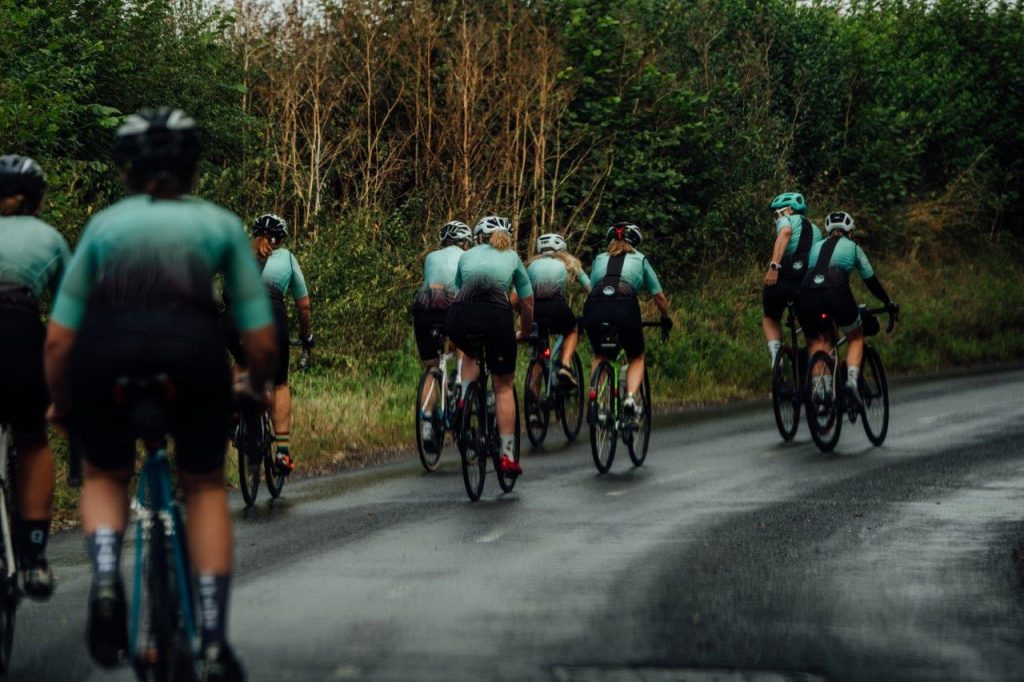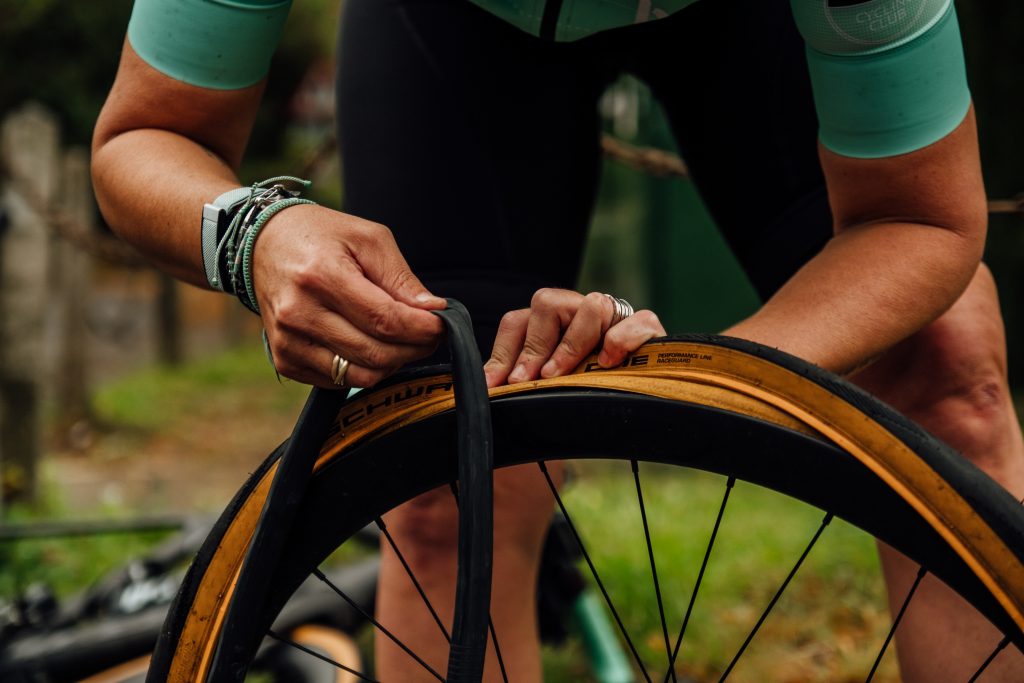Chinese New Year recently saw the start of the Year of the Tiger. The tiger is all about growth, action, strength, and power!
So we’ve decided that 2022 is also the year of the bicycle and women´s cycling!
Women are often prone to underestimate themselves and our inspiration for Bia has always been to help women recognise the #powerofi and that they’re far more powerful, brave and courageous than they could imagine.
It’s for this reason that we’re encouraging women across the UK to set a goal for the summer and to start now.
Why not;
- Train for a summer cycling holiday; one such as the Bia Escapes to Banyoles or,
- start training for your first 100-miler or even,
- just have the goal to be consistent this year, for example, 2-3 rides per week
Does it all feel a bit overwhelming? It needn’t be.
At Bia, we often get asked “how to train” so we spoke to our very own Holly Seear, one of the UK’s highest qualified female cycling coaches, and also put together 6 of our top tips for making 2022 your most powerful year yet.
Q&A with Holly Seear
Holly has been working as a Professional Full Time Cycling Coach for 10 years and has a passion for data-driven performance. Not only does she hold the highest British Cycling qualification, Level 3 Coach but she is also a Personal Trainer, Mountain Bike Leader, National Standards Bikeability Instructor, and has many other cycling, nutrition, and sports qualifications.
Q – What’s your advice for women who want to begin riding? It can seem a little overwhelming starting out, where to start?
A – Just do it! You won’t regret it.
If you have a bike in the shed do get it checked properly though if it has not been used recently to make sure it is safe. Consider starting somewhere traffic-free, maybe a park or similar, until you regain your confidence if you have not cycled for years. If you need to learn to ride then search for adult bikeability instructors in your area.
Q – Women are typically managing a number of roles and have little time to focus on riding. Does this mean it’s impossible to reach a goal and what’s the best way to get the maximum benefit from training?
A – Have a plan! We are all juggling so many things so it is worth planning out your training and putting in your diary to make sure it happens. Work back from your event date or goal date. When we commit a plan to paper it is far more likely to happen, perhaps stick it on the kitchen fridge and discuss with your family and workmates why it is important to you and ensure you have their understanding and support.
Q – What are the essential elements of a training programme in your opinion?
A – Your training programme should be specific to you and your event. What do you want to achieve? What are your current abilities? What is the gap? Be really honest with yourself about what you need to improve to hit your goals. There is no ‘one size fits all’ with training.
Q – Is there anything else women need to consider when embarking on a training programme?
A – Work on your weaknesses! We all love doing the things we are good at, but the real gains will come from working on your weaknesses. If steep hills are your nemesis then seek them out and practise. If you are nervous about descending ask a friend who is a confident descender if you can follow them and practise some descents.
Remember rest IS training too, all weeks should have at least 1-2 rest days. We get stronger when we rest and our body recovers adapts and becomes stronger. Look after your body with good rest, sleep and nutrition.
- Consider what you will do when it gets hard? Often the head gives up before the legs on a tough ride or training session.
- What can you say to yourself to motivate yourself, some self talk?
- Do you have a mantra?
- Can you remind yourself of your motivation for taking part?
- Can you distract yourself looking at the view or counting?
- It is worth having a plan for how you will deal with any tough points? Or better still do an event with a friend and support each other.
BIAmazing in 2022 by doing these six simple things
- Eat
- Sleep
- Cycle
- Train outside cycling
- Prep your bicycle!
- Join a club & ride with friends
Eat

Running out of energy on the bike is a decidedly unpleasant experience but one that can be very easily avoided if you think about your nutrition before and during your ride. Nutrition doesn’t have to mean expensive supplements; bananas, nuts, and bars all contain lots of easily absorbed carbohydrates, are convenient to carry and eat.
The easiest way of ensuring you stay hydrated and have enough energy for rides over two hours long is to use a carbohydrate drink. Always carry a bit more food than you think you need and if you plan to be out for several hours start eating after the first 30 minutes. Taking on 60g of carbohydrate an hour is a good rule of thumb, so check the back of packets to make sure you have enough.
Also fueling your body on the bike means fueling your body for life. Maintain consistent eating habits that leave you feeling energised. Check out the range of nutrition options on the Bia store.
Sleep
In the cycling world, well at least in the pro-cycling world, we, unfortunately, hear a lot about performance enhancers. But let’s forget about all those dodgy blood transfusions for a moment, there is one performance enhancer you don’t hear much about – sleep.
Sleep is one of the best natural performance enhancers known to (wo)man. The best part is, it’s free, it has no negative side effects and it’s almost impossible to overdose!
Interestingly enough, when studying injury amongst athletes researchers have found that one of the most common predictors is sleep, or to be more exact a lack of it. The link between sleep and injury is even stronger than the link between hours spent on training and injury.
Cycle

Like all good relationships, cycling is about spending time together consistently. Just a couple of rides a week will keep the relationship strong and your body too! Although there’s always something to do, be it kids’ homework, work or housework etc, the time you spend on your bike is likely to make you more productive in other areas of your life.
Your first few rides might be tough—your body is adjusting to the stress of a totally new activity. But like all things in life, real progress is made when you stick with it for the long run. The first step to making riding a habit is to be realistic. Don’t expect to magically become a morning person just because you have a new bike, or plan to ride 100 miles too soon.
Start small and grow from there; consistency is key
Train outside cycling
Life isn’t just about cycling. Nor should your training be only about cycling. If possible, fit in a gym session, do some yoga (which is great for cycling) or even go for a hike with friends. Strength and flexibility training outside of cycling will increase core strength and prevent injury.
Yoga can help cyclists in three main ways: it improves flexibility, builds strength, and develops breathing techniques.
If you want a specific training program, we suggest getting in touch with a coach or checking out the best weight training exercises for cyclists examples such as these from Velo News.
Alternatively, keep an eye out for yoga at The Bia Hub this year!
Prep your bicycle

Having your bicycle prepped is halfway to making a great ride through avoiding unnecessary technical stops and hassles. Whilst this is a whole article on its own, we have 3 top tips to make sure you’re prepped and ready to ride
- Service your bike every 6-12 months depending on use and wear. Telltale signs your bike is due for some TLC including a rusty chain, strange noises, hard to break, or any grinding. Book your bike into The Bia Hub Workshop before your next ride here.
- Check your tyres and breaks before every ride! It’s so easy to dump your bike when you walk in from a ride and leave it, but a once-over with a warm cloth post-ride and pumping your tyres before you go out will make a world of difference.
- Take a spares kit. Your kit should include a spare inner tube, tire levers, patch kit, mini-pump, and a folding multi-tool. These tools are meant to solve common bike problems such as tire puncture that you might face while out.
Keep your bike inside and where possible, avoid storing it outside. Rain, moisture, and dirt cause your parts to wear quicker and cost you more in repairs and service. Also, KEEP YOUR BIKE CLEAN! Moving parts work better when clean, they also last longer!
No matter when you choose to ride, layout your kit, fill your bottles and pump up your tyres ahead of time. Prepping and deciding to get on the bike is sometimes the hardest part—doing a little pre-ride preparation will prevent excuses from getting in the way.
Join a Club and ride with friends

As much as cycling will prove to you that you’re stronger than you think, we ride for fun and fitness. Cycling gets you out of the house AND out of your head. For this reason, find a club, like Bia, which has a regular routine, and get out with your girlfriends.
Go, ride and have coffee and you will almost always arrive back home feeling that the world is a better place.
Besides, the friendships you forge on the bike are for life!